Kanekalon dreadlocks: types and methods of weaving
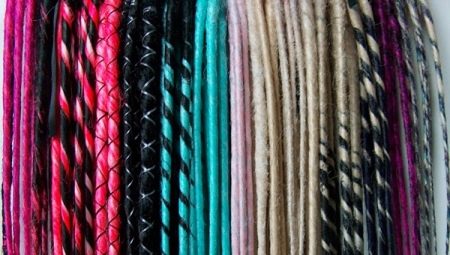
An interesting youth hairstyle visually resembles many small matted braids. Properly braided, good dreadlocks look neat and attractive. Certain care will help maintain your appearance for a long time. Kanekalon is used to weave various types of safety dreadlocks.
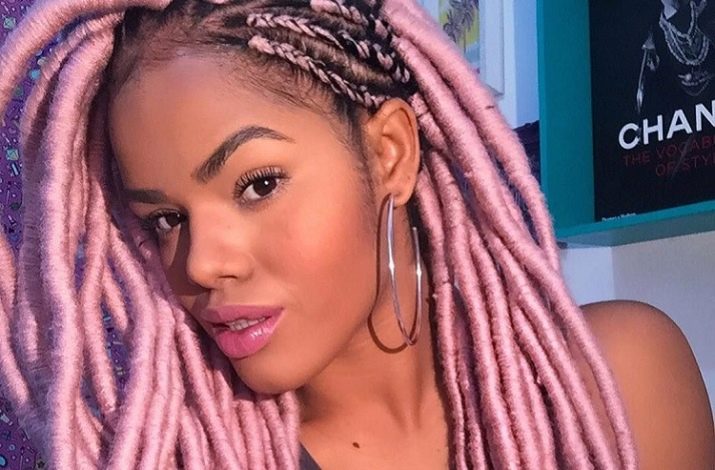
About the material
Before weaving dreadlocks, it is worth learning more about a material such as kanekalon, which is a high quality man-made fiber. The appearance is as close as possible to natural hair.
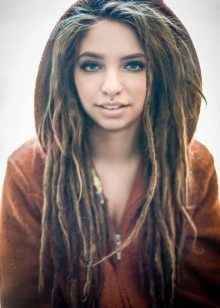


There are different types of material.
- Monochromatic kanekalon.
- Ombre. Made in the form of a smooth or abrupt transition from one color to another.
- Fluor... Perfect for youth hairstyles. Kanekalon glows under the influence of ultraviolet radiation.
- Chameleon. Changes its color under the influence of sunlight.
The material is hygienic when worn for a long time. Kanekalon can be washed and combed. Distinguishing kanekalon from other synthetics is quite simple. Wet the ends and follow the reaction of the material - kanekalon visually resembles wet natural hair, and cheap material begins to curl.


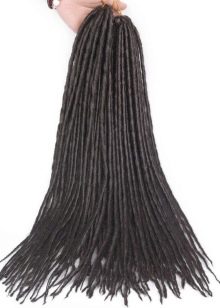
Features of the hairstyle
Kanekalon dreadlocks are considered safe. This hairstyle practically does not harm the hair. Dreadlocks are woven with bright faux strands to diversify your everyday look. Let's list the benefits of safe dreadlocks.
- Can be done not only in the salon, but also at home.
- Easily removable. Hair should be restored only after prolonged use.
- You can choose any length and color. Kanekalon can be both natural and bright.
- You can make a hairstyle with an extension for short hair (from 8 cm).
- Kanekalon braids are worn no more than two months.
- Can be washed once a week, but you cannot use a hairdryer to dry.
- Dreadlocks are much easier to care for than loose hair.
Safe dreadlocks make it easy to change your image. It is important to take into account that long-term wearing of a hairstyle will still lead to depletion of hair, it will be necessary to undergo a course of nutrition and restoration. The structure of the synthetic material is different from the structure of the hair, so dreadlocks from it will be thicker.


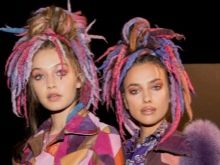
Views
Safe dreadlocks can be done in a number of ways. There are 5 main types of hairstyles.
- Classic - visually resemble natural and are lightweight. Are braided by hand.
- D. E. dreadlocks are made by hand and have the shape of a spiral with a narrow end. 2 dreadlocks are attached to one strand of hair at once, which allows you to create a voluminous hairstyle.
- S. E. dreadlocks visually resemble the previous look and are also made by hand. A characteristic feature is that one of the kanekalon is attached to one strand of natural hair.
- Jah dreadlocks are manufactured in production. They are distinguished by their thinness and smooth texture. In the classic version, they reach 80 cm in length. They are woven into natural hair in different ways.
- Thresh dreadlocks (light dreadlocks) are made by hand. Outwardly they resemble classic ones, the only difference is double light dreadlocks. Usually woven in the same way as D. E.
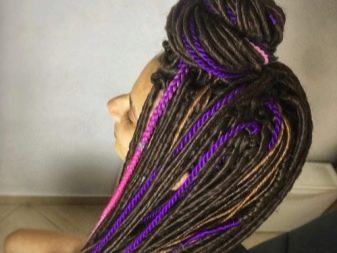
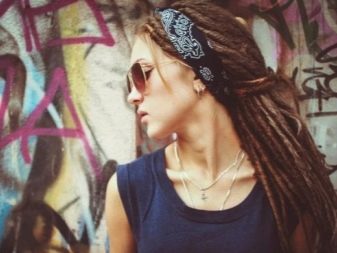
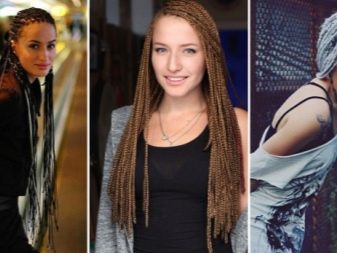
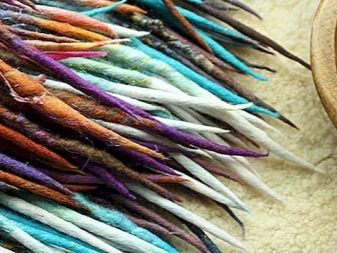
Preparation and care
The hairstyle will delight you for two months, and after that the kanekalon is combed out of the hair. If desired, you can not take off the dreadlocks, but braid. The first time such a procedure is carried out after the first crumpled head. If you are going to unbraid your dreadlocks, then be prepared for the fact that your hair will fall out. In fact, only those hairs that have already fallen out while wearing a hairstyle leave.
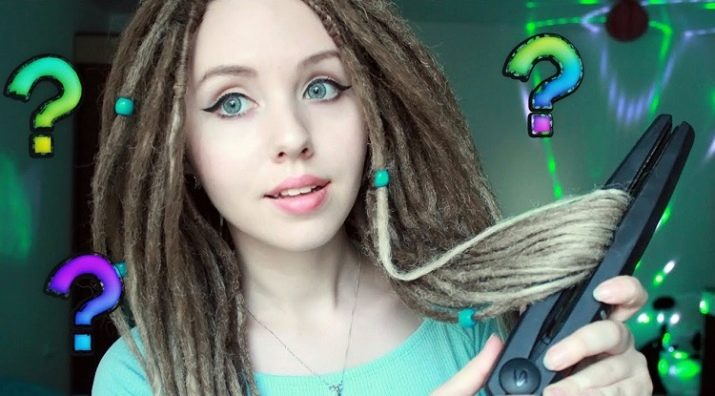
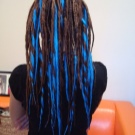
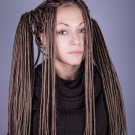


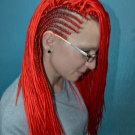
Be sure to wash your hair with baby soap without conditioner 1 day before your hair style. This will dry your hair and ease tangles. Next time you can wash your hair in 7-10 days, during this period the dreadlocks will become denser. Experts recommend reducing contact with water, otherwise the artificial strands will fluff. Use chamomile tea to cleanse your scalp.
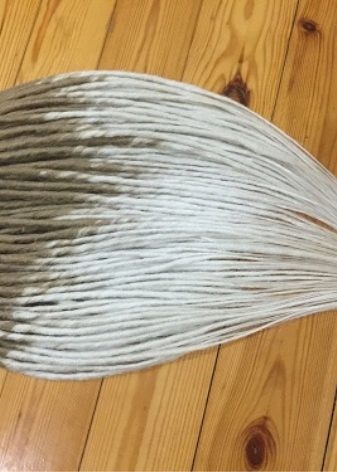
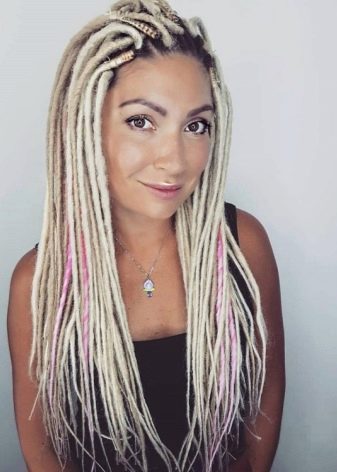
Dreadlocks strongly absorb odors. It is easy to get rid of them - walk in the fresh air to let everything disappear. If you smell an unwashed head, then keep in mind that it does not come from the hair, but from the skin. Wipe your head with damp cotton wool to fix the problem. Dreadlocks, as well as hair, can carry lice. The specificity of the hairstyle slightly complicates the process of removing parasites. Anti-lice products should be applied in larger quantities than usual and rinsed off thoroughly. Be sure to treat all bedding and clothing. If all else fails, then cut your dreadlocks.
It is much easier to prevent the appearance of parasites than to get rid of them. Wear a hood, bandana, or hat when going to dangerous places. Remember that lice can be picked up both outdoors and in crowded places, especially on public transport. Avoid contact with infected people.
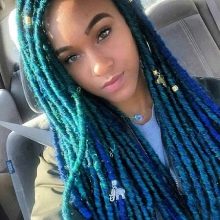
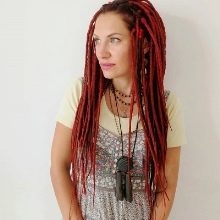
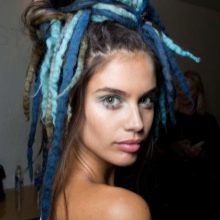
How to weave houses?
Let's look at different ways of weaving kanekalon dreadlocks at home.
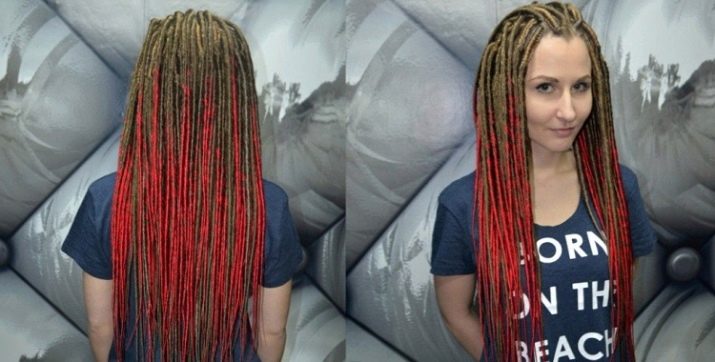
Safe
For a classic hairstyle, you need to take kanekalon strands, which are 2 times longer than the length of natural hair, and wax for dreadlocks. It is good to do this hairstyle for thin hair.
- Wash hair with non-emollient soap and dry thoroughly.
- Divide your hair gently into 2 square meters. cm, while starting from the back of the head. It is recommended to fix the small ponytails in a checkerboard pattern to keep the dreadlocks neat. Use small rubber bands to secure the strands near the roots.
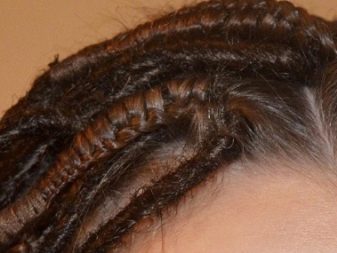
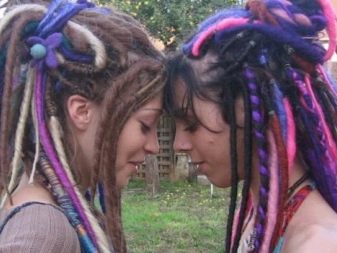
- You also need to weave dreadlocks from the back of the head. Remove the elastic from one strand and divide it into 3 sections. Start braiding with the addition of kanekalon.
- At the end, wrap the braid with kanekalon from the bottom up and secure with small elastic bands to match the hairstyle. You should get a tight tourniquet.It is important that there are no loose ends at the end of the braid.
- Braid all hair in the same way.
- Treat each tourniquet with wax. Press down on each braid lightly to deal with unruly hairs.
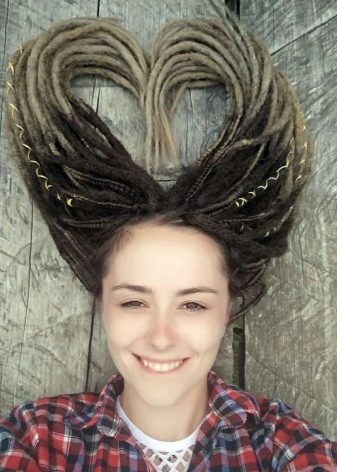
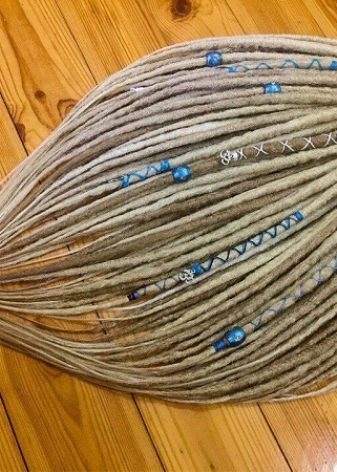
D. E.
This hairstyle is pretty easy to do. You need to take a hair comb, kanekalon blanks and wax. Wash and dry your hair beforehand.
- Divide the kanekalon bunch into 3 parts, so that the middle one is small. Secure with rubber bands.
- Comb the extreme parts, twist along and roll between your palms.
- Bend the workpiece in half in the middle. This is how de-dreadlocks are obtained.
- Divide your hair into small sections of about 1.5 square meters. see, start working from the back of the head. Secure each strand at the roots with a small elastic band.
- Weave the braids with a loose Kanekalon piece. Fix the bottom with elastic bands.
- Lubricate each pigtail with wax. Treat artificial tourniquets too.
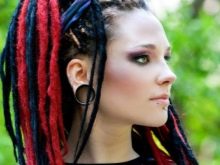
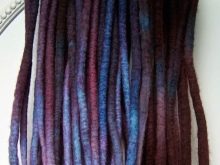

Crochet
For this method, you need to take a regular crochet hook and ready-made kanekalon braids. The latter can be pre-made from artificial strands. This way you can lengthen your hair. Make safe dreadlocks like this:
- divide all your hair into equal strands;
- braid thin braids;
- insert the hook into the base of the kanekalon braid and weave in a braid made from natural hair;
- To strengthen the hairstyle, apply hair wax to each braid.
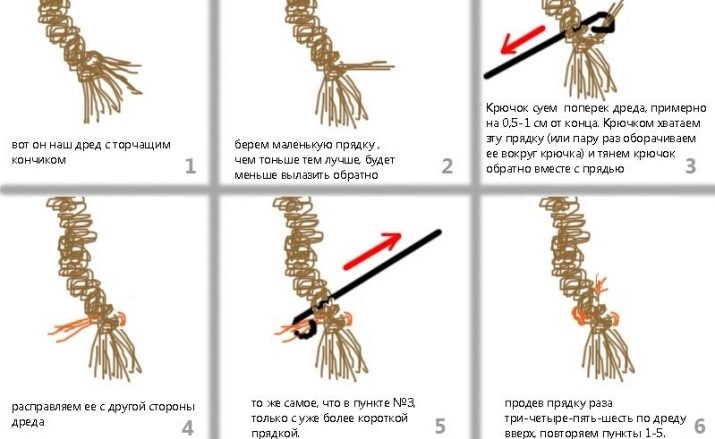
See below for more details.








